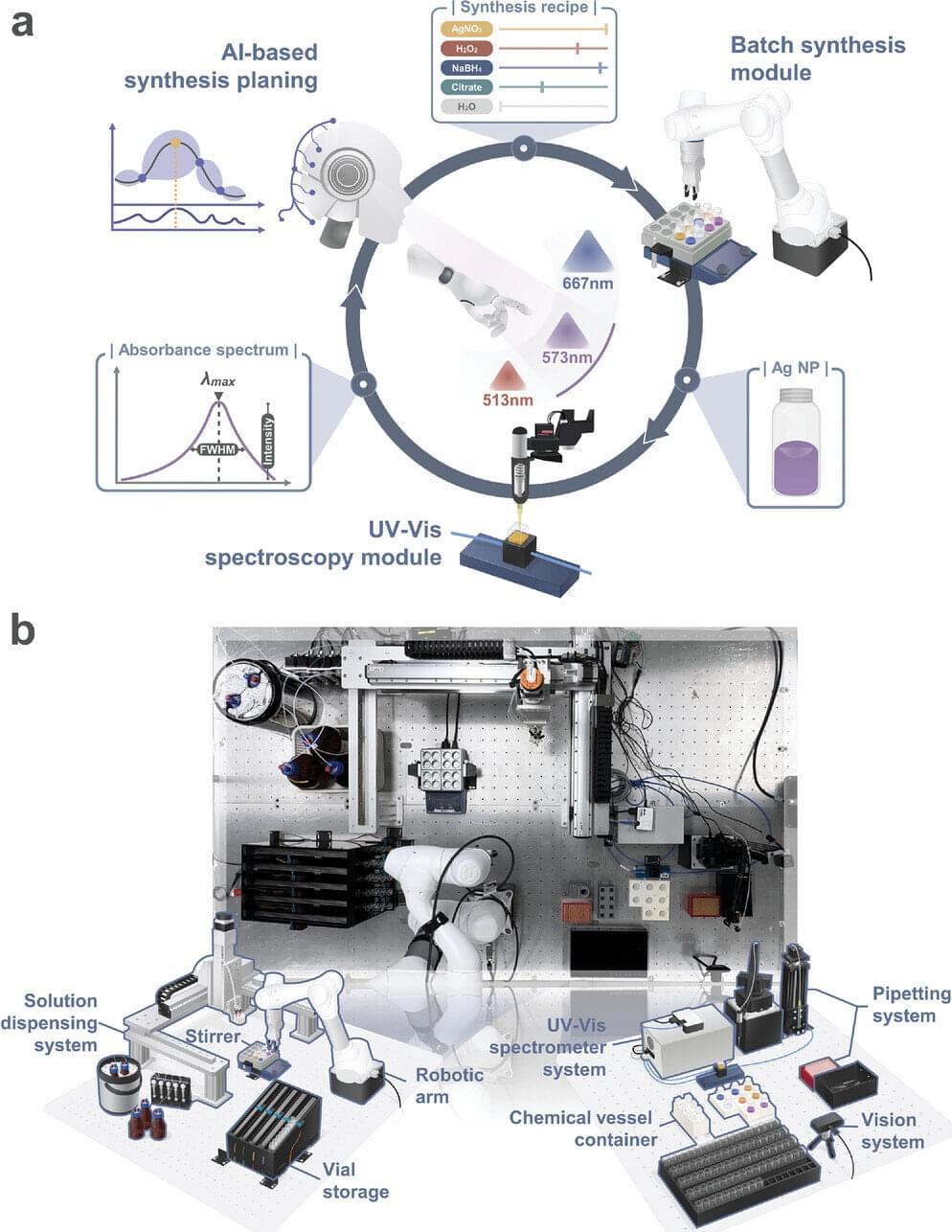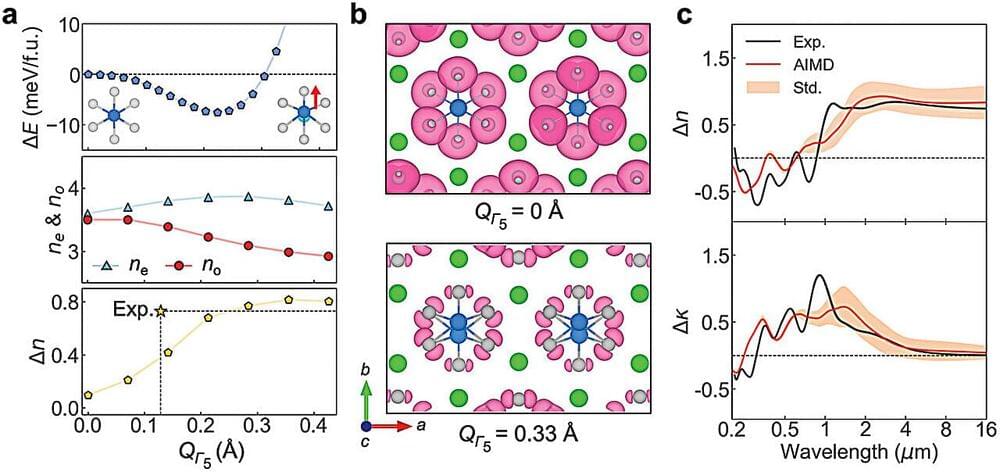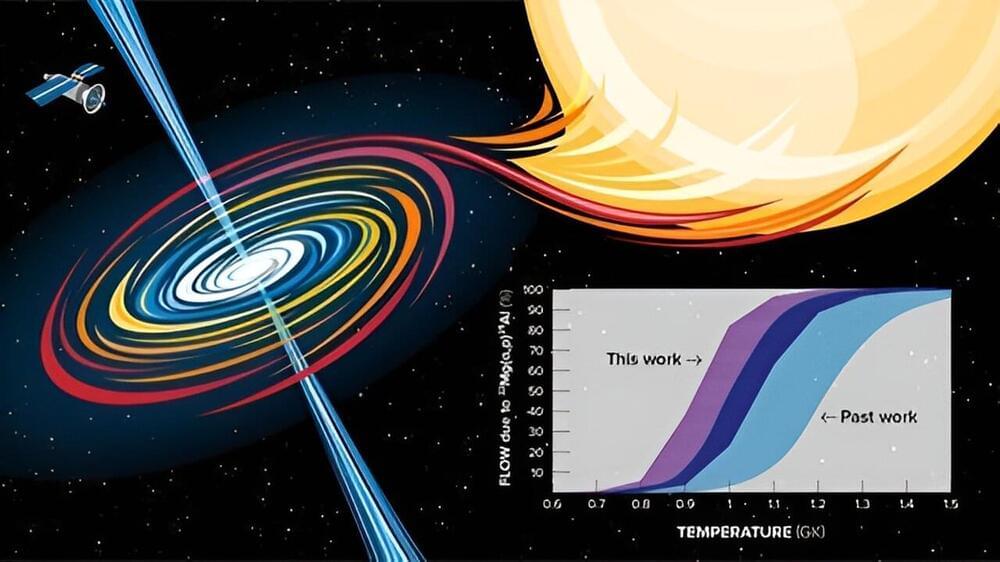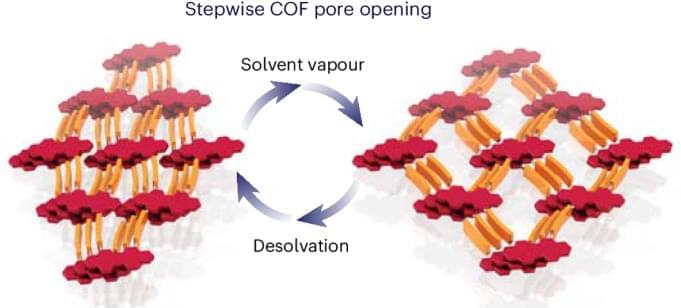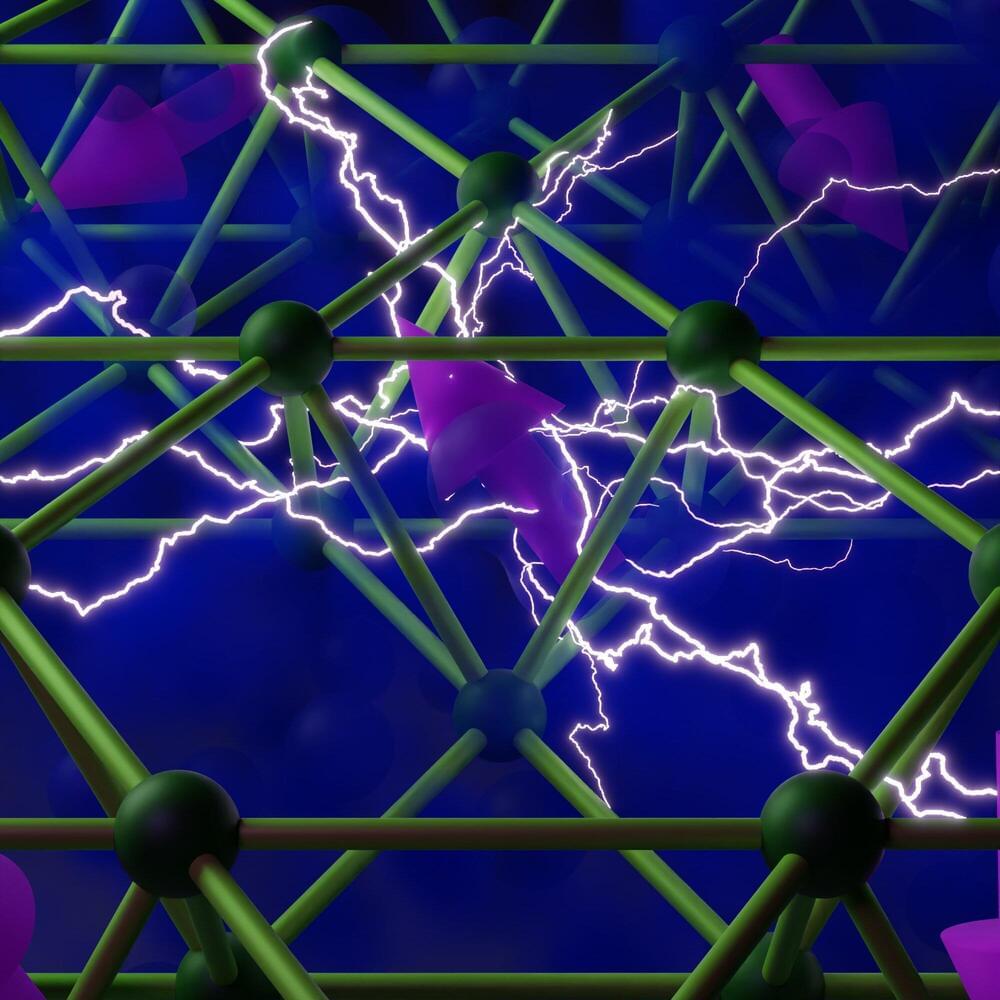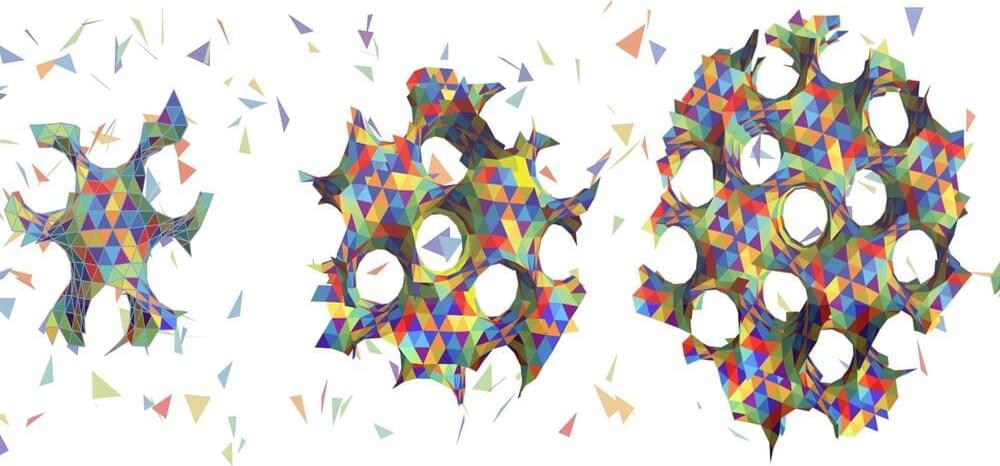May 8, 2024
Smart labs for bespoke synthesis of nanomaterials are emerging
Posted by Dan Breeden in categories: materials, nanotechnology
In the early 20th century, the development of a catalyst for ammonia synthesis by the Haber-Bosch method took more than 10,000 experiments before it was successful. The development of new materials is a time-consuming and costly process from design to commercialization.
